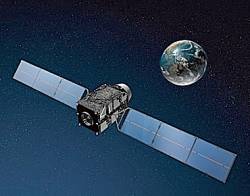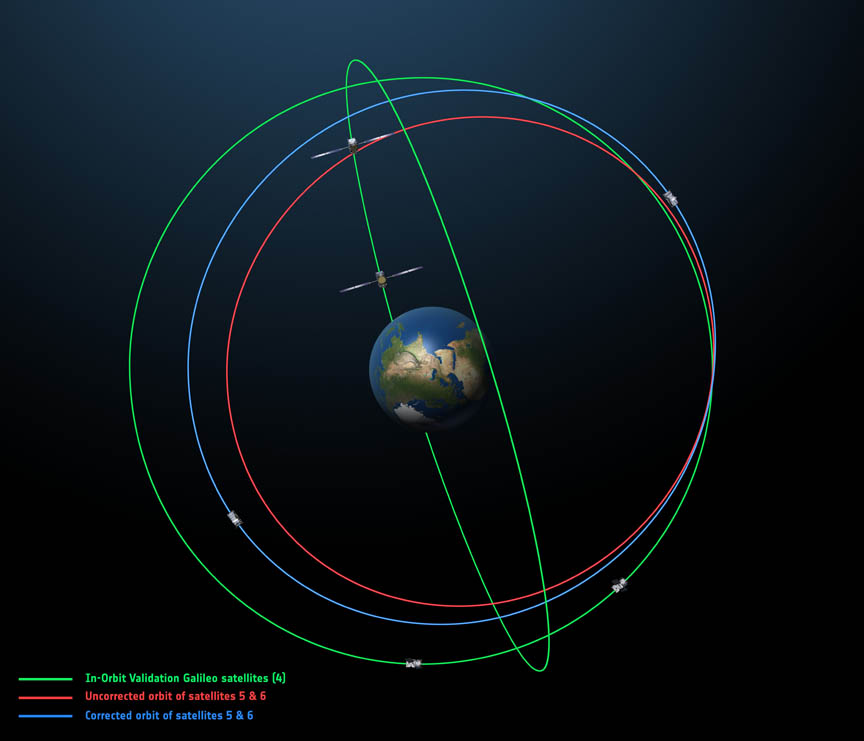.jpg) QZSS satellite separaes from the launcher (photo by Mitsubishi Heavy Industries)
QZSS satellite separaes from the launcher (photo by Mitsubishi Heavy Industries)(UPDATED September 27) Japan’s first quasi-zenith satellite launched successfully from the Tanegashima space center on September 11, 2010 and reached its quasi-zenith orbit on Monday, September 27.
Michibiki means to guide or lead the way, appropriate for the first entry into Japan’s satellite augmentation program that will vastly improve GNSS accuracy over Japan and the rest of East Asia.
(UPDATED September 27) Japan’s first quasi-zenith satellite launched successfully from the Tanegashima space center on September 11, 2010 and reached its quasi-zenith orbit on Monday, September 27.
Michibiki means to guide or lead the way, appropriate for the first entry into Japan’s satellite augmentation program that will vastly improve GNSS accuracy over Japan and the rest of East Asia.
The Quasi-Zenith Satellite System (QZSS) is designed to maintain at least one satellite in place near zenith over Japan. It will transmit signals that are compatible and interoperable with existing and future modernized GPS signals and a novel indoor messaging system.
The Michibiki special website is kept current by JAXA, Japan’s space agency
Related Stories:
JAXA gives QZSS satellite a nickname (January 3, 2010)




